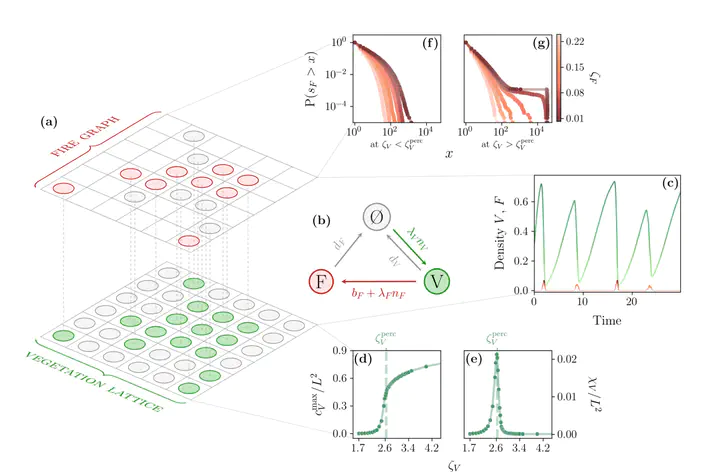The emergence of scale-free fires in Australia

Abstract
Bushfires are an intrinsic part of Australia’s landscape, and its natural ecosystems have evolved to coexist with them 1 . However, between 2019 and 2020, during the country’s hottest and driest year on record, Australia ex- perienced a dramatic bushfire season, with catastrophic ecological and environmental consequences 2–5 . Several studies highlighted how such abrupt changes in fire regimes, in terms of size and spreading, may have been in large part a consequence of climate change and other anthropogenic transformations 5–9 . In this work, we analyze the monthly evolution of the burned area in Australia from 2000 to 2020, obtained via satellite imag- ing through the MODIS platform 10 . We find that the 2019-2020 peak of the burned area, the highest of the historical data, is associated with signatures that are typically found near tipping and critical points 11–13 . We introduce a modeling framework based on forest-fire models 14, 15 to study these emergent fire outbreaks prop- erties, showing that the behavior observed during the 2019-2020 fire season matches the one of a percolation transition, where system-size outbreaks appear. Our model also highlights that a second type of critical point might be crossed, after which the vegetation cannot significantly recover anymore.